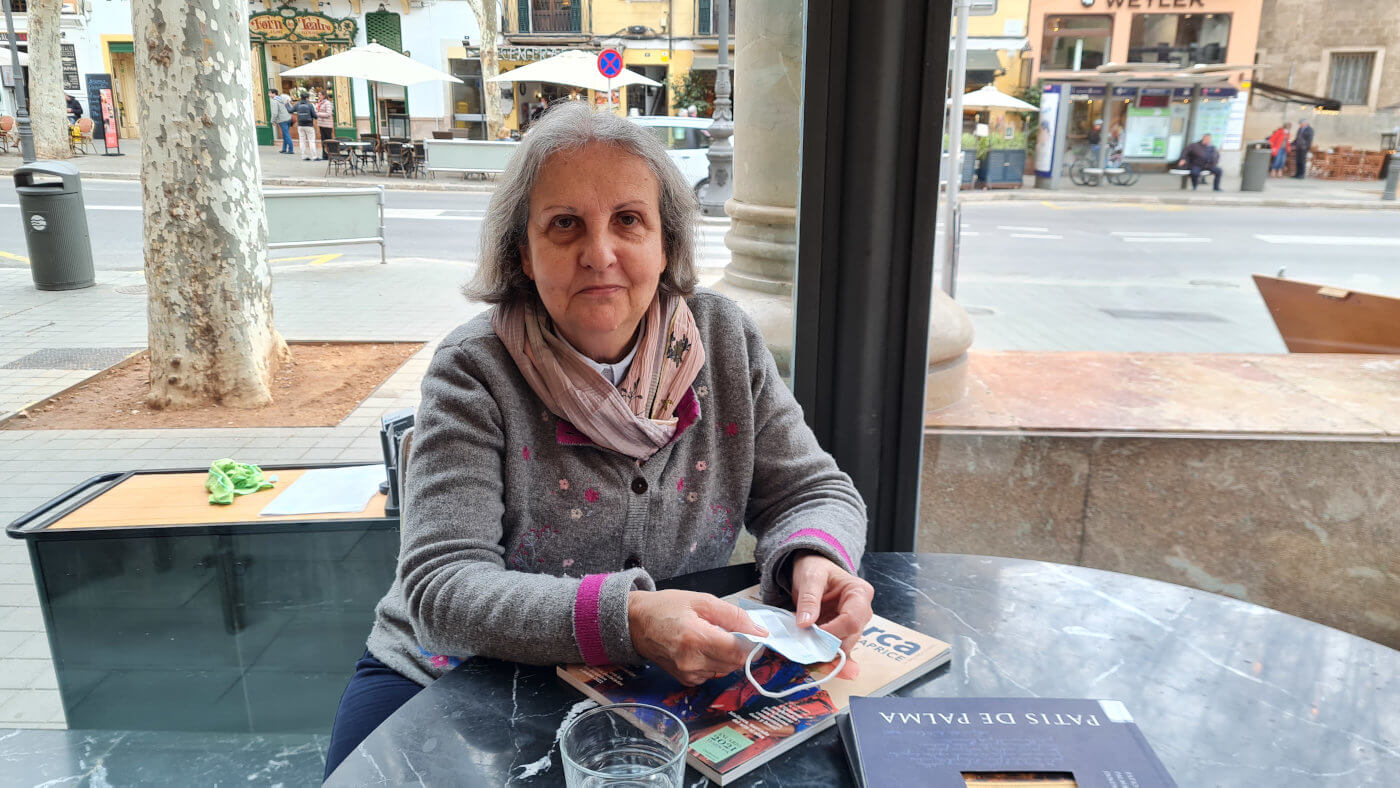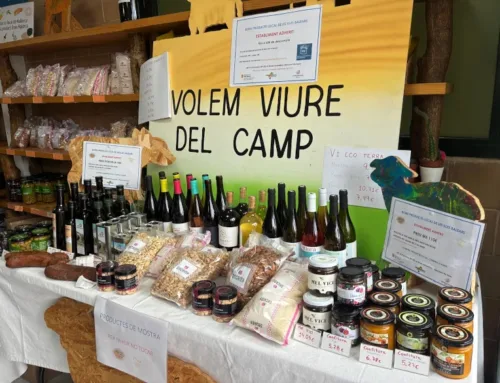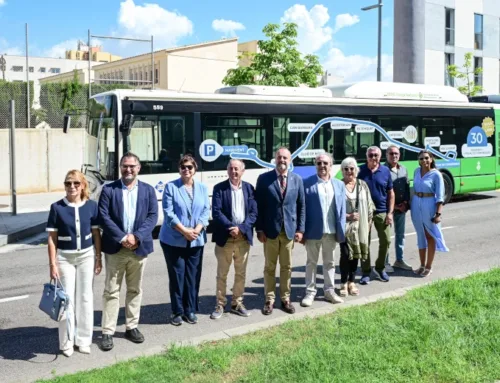Aina Pascual has a degree in Art History and is the author of books such as “The house and time” or “The book of the patios of Palma”, references to learn about the history of Palma’s stately houses. “Until the middle of the 20th century, Palma was home to one of the most important sets of stately homes in the Mediterranean, but when I wrote ‘The House and Time’ with my husband, Donald Murray, we found out that the decline was more than evident,” she laments.

The arrival of tourism “changed everything. Selling fruit and wheat was no longer enough to live well and as the owners died, the children saw that they could not maintain the houses.”
“Elements that are foreign to the island become part of this historical complex,” continues Pascual. “Germans, English or now Swedes fall in love with these houses, but they don’t know our culture. There has also been no knowledge or willingness on the part of the institutions to direct these restorations.” According to the specialist, the link that has failed the most is that of the heritage commissions. “They have received very strong influences and have allowed inexplicable, arbitrary and short-sighted things to be done.”
Extinct nobility
Those houses were the urban insignia of the wealthiest lineages, “of which there is nothing left. The elites are now different and people no longer live like the nobles used to. Investors have kept the best houses and have built hotels, apartments… The architects collective has not helped, they hide behind the wishes of the client”, criticizes Pascual.
Examples are Can Pinopar, “one of the first to be destroyed, in front of the Montesión church. When the owner died, the inheritance was distributed among the nephews. They held small private auctions, because these are moments that tend to cause embarrassment. When it was being converted into luxury apartments and I reproached them for removing the original cobblestones, they told me: How can a lady with heels walk on pebbles? This is the mindset.” Can Armengol, owned by the president of Ryanair, “had an incredible romantic garden preserved for 150 years and now everything is cement, it disappeared overnight”.
Today the few houses that survive “belong to people with a high sense of history. The classic example is that of Pedro de Montaner and Magdalena de Quiroga, who together with their children try to maintain Can Vivot as best they can to explain its history”, concludes Pascual.
💡 Read the main article: Palma’s stately homes: from the power of nobility to decadence.
💡 Check the interview with Pedro de Montaner and Magdalena de Quiroga, Counts of Zavellá.








Leave A Comment